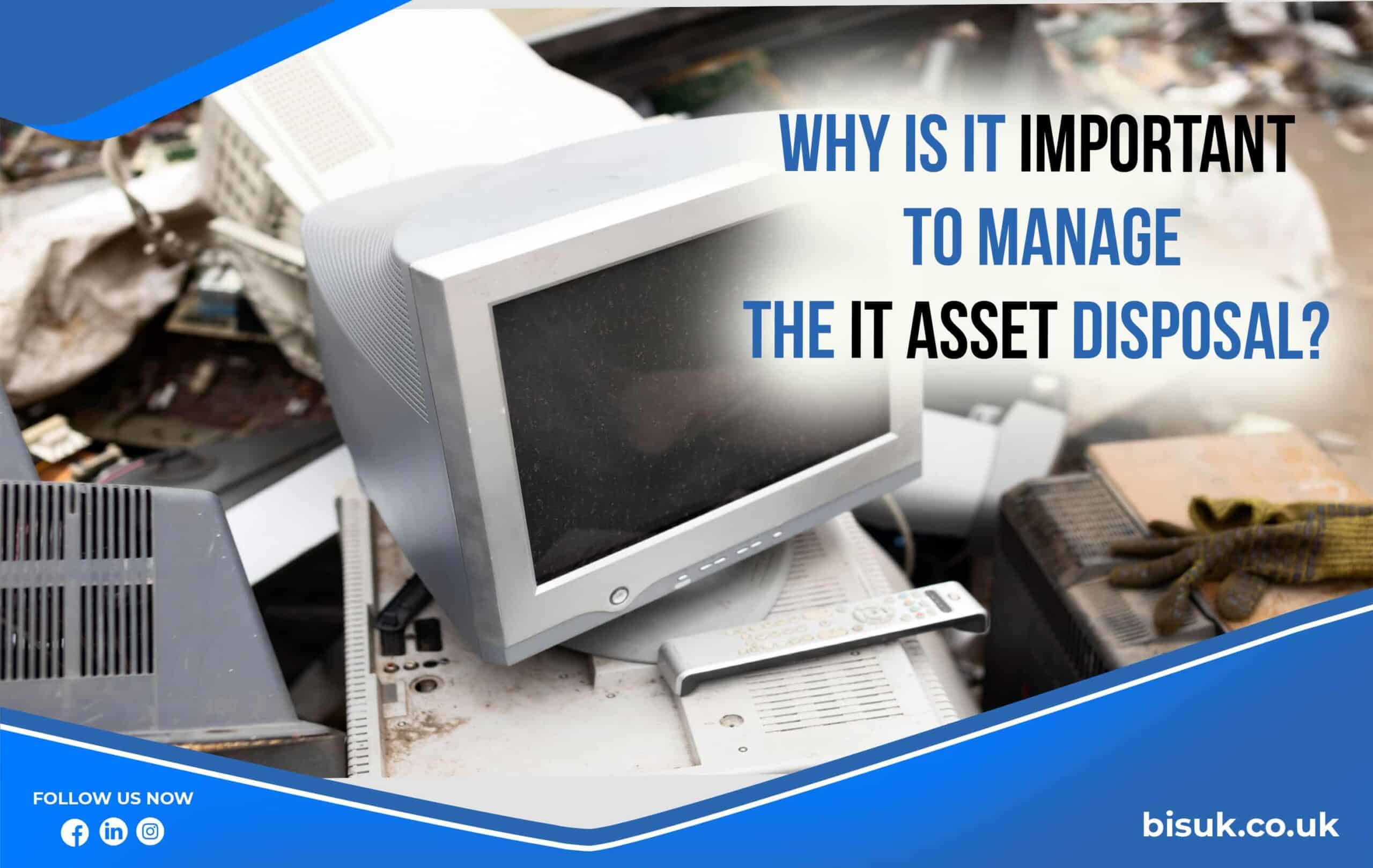Navigating the maze of cables in your network can feel like a puzzle with no clear solution. Believe it or not, there are universal structured cabling standards that guide how to neatly organize and install these vital lifelines.
Our blog post will unravel these guidelines, making sense of the spaghetti-like confusion behind your computer screens. Keep reading – clarity awaits!
Key Takeaways
- Structured cabling standards guide the setup of networks, ensuring cables are organized and work well. These include ANSI/TIA-568 for planning and installing in buildings and ANSI/TIA-568-C for modern network systems.
- ISO/IEC 11801 is a global standard that helps different countries’ networks connect smoothly. It makes sure fiber-optic cables and twisted-pair wires match up.
- Following structured cabling rules helps prevent technical issues, allowing data to travel fast and securely. This makes networks reliable and easier to upgrade when new technology comes out.
Understanding Structured Cabling
Structured cabling is like the body’s veins and arteries, but for buildings. It carries data all around a place through cables and wires. Think of it as a big spider web that hooks up computers, phones, and cameras to each other and the internet.
Each cable has its own job to do – some are for talking on the phone and others are for surfing the net or watching videos.
In this web, there are rules so everything works right. Imagine trying to plug your headphones into where you charge your phone—it wouldn’t work! That’s why we have structured cabling standards.
They tell us what cables go where, how far they can run, and how to hook them up correctly.
The Importance of Structured Cabling Standards

Cables and wires need proper order. Structured cabling standards keep them from tangling and blocking the flow of electricity. They make it easier to add new tech or make changes. Think of these standards as a recipe—we all need good recipes to cook a perfect dish!
These rules are also key for businesses big and small. They help everyone use the same playbook, leading to growth and success. Standards cut down on electrical issues too, keeping our networks safe in a world that depends on them a lot.
Main Structured Cabling Standards
In the heart of a robust and reliable network infrastructure lies a set of main structured cabling standards, which are pivotal for ensuring consistency, performance, and quality in installations across the globe—discover their integral roles as you read on.
ANSI/TIA-568
ANSI/TIA-568 sets the stage for how we lay out network cables in buildings. The Telecommunications Industry Association created this standard with help from the American National Standards Institute.
It guides us on the best ways to plan and install cables for phones, internet, and other communication systems.
This standard cares about things like how long cables can be, where you can put them, and what kind of connectors are best. It helps make sure our networks are strong and last a long time.
If we follow ANSI/TIA-568 when setting up our wires and equipment rooms, everything talks to each other better. This means fewer problems and happier people who use the network every day.
ANSI/TIA-568-C
ANSI/TIA-568-C sets the stage for modern structured cabling. It’s like a rulebook for building strong and reliable networks in offices and campuses. This standard tells you how to plan, what materials to use, where everything goes, and how long it should last.
Think of it as a guide for setting up your phone and internet cables so they work well together.
For example, ANSI/TIA-568-C covers all the details about telecom systems—from the types of fiber-optic cables needed to the connectors that hold them together. Installers follow this standard closely because it ensures every cable is placed right and every connection is tight.
It maps out exactly how far wires can run before losing signal strength and helps make sure your network won’t need an upgrade anytime soon. With ANSI/TIA-568-C in hand, network designers create setups that are tough against disruptions and ready for future tech advances.
ISO/IEC 11801
ISO/IEC 11801 sets the stage for a world where cabling systems connect with ease. Crafted by the International Organization for Standardization and the International Electrotechnical Commission, it’s like a universal language for network cables across different countries.
From office buildings to data centers, this standard ensures fiber-optic cable and twisted-pair wire play nice together. Network designers depend on it to create setups that work anywhere in the world.
Building upon this foundation, ISO/IEC 11801 guarantees your patch panels, wall outlets, and backbone cabling won’t let you down. Think of it as quality control that spans from America to Australia.
Networks rely on these rules to keep calls clear and data dashing from point A to point B without a hitch. It’s global teamwork at its finest: everyone agrees on how we plug in so businesses can focus on what they do best.
Recognizing the Role of Structured Cabling Standards in Installation
Structured cabling standards guide installers on setting up reliable networks. They cover everything, from where to place cables in a building to choosing the right connectors for equipment.
These rules help workers make sure they use the correct cables for different tasks. For example, standards dictate using horizontal cabling for connecting devices within a single floor.
Following these guidelines ensures that data flows smoothly through cables without interference or loss of quality. Installers must know about twisted-pair and fiber-optic types, plus how to lay them out according to star topology principles.
This knowledge leads to faster and more secure network systems in offices and homes. It also helps with future upgrades since standardized installations are easier to modify later on.
Why Adherence to These Standards is Crucial
Sticking to cabling standards ensures that all parts of the network talk to each other properly. It’s like making sure everyone at a meeting speaks the same language. This helps your internet and phone services work without glitches or confusion.
Networks need clear paths for data to travel fast and safely, much like cars on a highway.
Without these rules, cables could get messy and cause technical problems. It would be harder to fix issues when they pop up. Using the right standards, technicians can plug in devices knowing they will connect smoothly.
Think of it as using the correct key for a lock—it just fits! Good cabling makes networks strong and ready for future tech upgrades too!
The Impact of Structured Cabling Standards on Network Design and Operations
Structured cabling standards help network admins create efficient and reliable networks. These rules ensure that all cables are laid out in a way that supports today’s high-speed data needs.
They make sure every part of the network can talk to each other without problems.
Cables must be hooked up correctly for things like Internet calls and video meetings to work well. Standards also help make networks safe from data theft or damage. When cables follow these guidelines, they last longer and don’t need as much fixing.
This saves time and money for businesses.
Good cable design makes it easier for techs to find issues and fix them fast. It keeps systems running smoothly so offices don’t lose time or money due to computer problems. Networks with proper cabling are ready for new tech upgrades too, which is important as technology keeps advancing.
Benefits of Structured Cabling Standards
Now that we know about the main structured cabling standards, let’s consider why they’re better than traditional cables. Structured cabling adds a unique element of organization to your network, allowing you to navigate and troubleshoot without issues. The detailed benefits of this system are as given:
- All your cables are designed and installed uniformly, adhering to standard guidelines.
- Physical and transmission line requirements are prioritized, making the network less likely to collapse.
- Navigation is easier, and so is network modification and expansion. You can integrate the cloud, new technologies, and even new devices into your network without replacing your entire infrastructure.
- Structured cabling also implies that the entire installation and usage is documented for record-keeping purposes and can be consulted in case of issues, so troubleshooting is not a problem!
You can read more about the components of structured cabling to understand how it works.
Conclusion
Well, there you have it. We’ve explored the key standards like ANSI/TIA-568 and ISO/IEC 11801 that keep our cables in check. These rules help everything run smoothly, from your phone to the internet.
Contact us at info@britanniaitsolutionsuk.co.uk to learn more about our structured cabling, fibre optic cabling, and general IT support services. We offer comprehensive IT support in the Barking and Dagenham area in London. Our services include IT support, IT disposal, WiFi and internet, networking solutions, access control systems, office relocation, CCTV systems, fibre optic cabling, and structured cabling systems. We’re also an end-to-end service provider, which means we can handle the entire process for you – from consultation and installation to testing and troubleshooting.
FAQs
1. What are structured cabling standards?
Structured cabling standards are rules set by organizations like the TIA and ANSI to make sure network cables, like Cat 5e, Cat 6, and fiber-optic cables work well in buildings.
2. Why do we follow these cabling standards?
We use these standards so that all types of equipment, from phones to computers, can connect easily using twisted pair or optical fiber cables for top-notch network performance.
3. Can you name some important structured cabling documents?
Sure! Key documents include the ANSI/TIA-568-C.1 standard—it guides how to wire commercial buildings with things like horizontal cross-connects and patch cables.
4. Are there special cables mentioned in these standards?
Yes indeed – there’s Category 5e and Category 6 copper cables for fast internet speeds and multimode or single-mode optical fibers that send data with light!
5. Do the standards say where everything goes in a building?
Absolutely – they lay out where routers should be placed in telecommunications rooms along with fiber cable setups leading back to entrance facilities.
6. What connectors should I use for my network needs?
Depending on your gear, RJ11 and RJ45 are common modular connectors; for optical-fiber cable, SC or LC connectors might be used—pick what fits your local network best!










